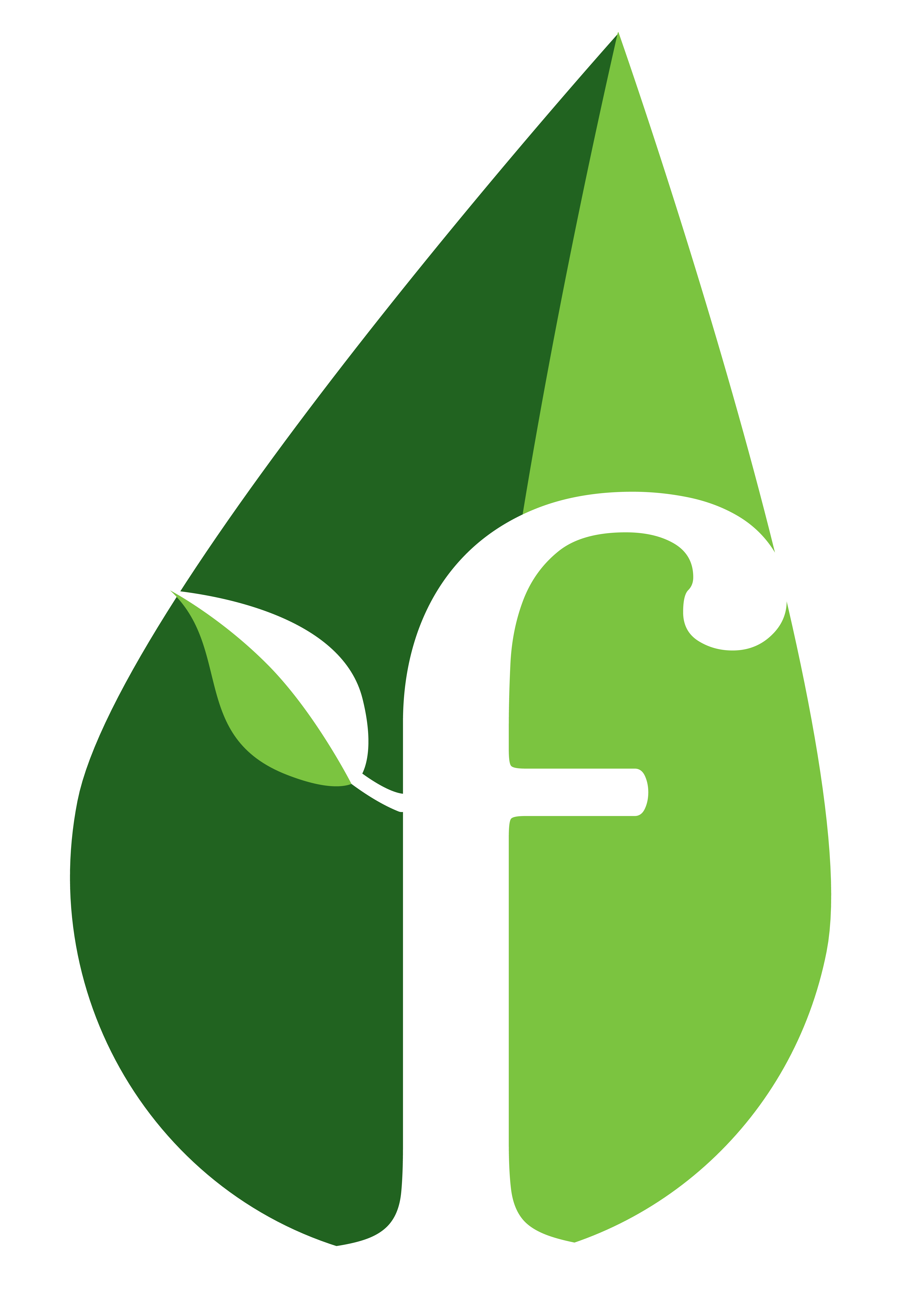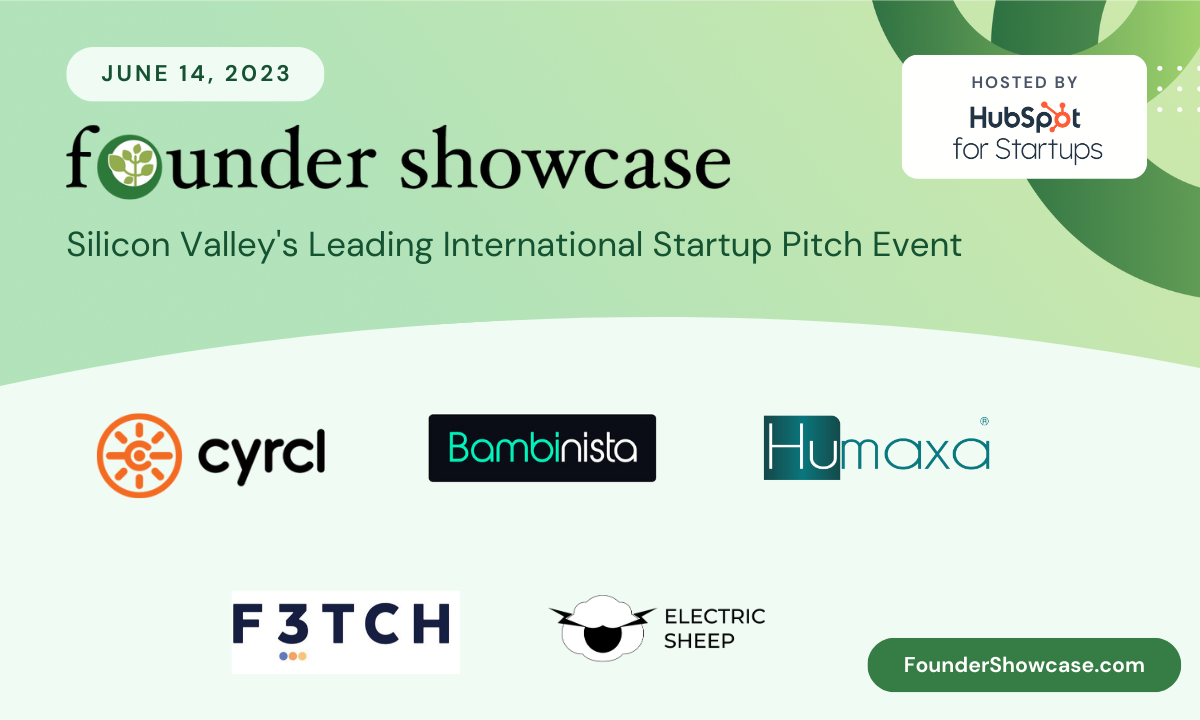
Three years ago at the Founder Showcase, Mark Suster, Partner at UpFront Ventures, opened his Keynote speech with the declarative statement, “We’re in a bubble. You can quote me on that.” To prepare for the inevitable pop, Suster shared his belief that the only way to survive was to raise money, and to raise as much of it as possible;
The reality is, we're at the party, and I don't want to be the sober party pooper, so I won't tell you guys the party won't end - but it will. Go get yourself funded: in whatever way shape or form you have to; at whatever price you feel comfortable with. In the end, it’s a binary outcome. I know how this ends; this is my crystal ball. When the party ends, everybody goes home. You can’t hire people and you can’t raise money”.
Has Mark’s bubble manifested itself in the way he predicted?
Let’s take a look at what has transpired since Mark’s talk almost three years ago;
Not long after Mark’s talk came the “Series A Crunch” – a phenomenon that mimicked his prediction in several ways. Startups found themselves stranded after an angel round or two, unable to raise a larger Series A. Stagnant and desperate for additional funding, many founders faced – and many still do – a struggle to stay afloat.
You could argue, however, that due to the rise of angel investors and micro VCs, the severity of the Series A Crunch has been somewhat mitigated. For the first time in nearly 20 years, angel investments have surpassed that of VCs and helped founders bridge the gap in their funding rounds. Platforms like AngelList and Gust have also exploded in popularity, changing the angel investment industry. Seed rounds are becoming more prevalent, and larger in size, and “The Series A Round Is The New Series B”. For the most part, it seems that the market has adjusted, and more and more companies are closing seed rounds than ever before.
There are some downsides to the growing availability of seed capital, however, which are causing other issues similar to the ones Mark predicted.
First off, as the number of startups being created rises, the companies who cannot close larger seed-rounds or Series A are increasingly resorting to being “acqui-hired.” This trend, along with the decreasing number of M&As, are reducing the liquidity in the industry, and threatening to cut off some sources of capital.
Adeo Ressi, Founder & CEO of the Founder Institute, dubs this as the “Liquidity Crunch.” According to Adeo, huge corporations – like Apple and Google – have historically amassed exorbitant amounts of capital which goes unspent on innovation; instead, these dollars are spent on headcount. If these giant companies do not start acquiring fledgling startups’ products, the system is at serious risk;
If the gravy train stops; if the startup movement derails; those big companies will get hurt alongside the small companies and their investors. If they collapse, everyone will suffer. There will be blood in the water.”
If this lack of M&A continues, then for sure, as Mark predicted, “the party will end.”
Second, many people argue that the availability of seed capital is spreading out talent too thin. At the most recent Founder Showcase in March, Keith Rabois of Khosla Ventures suggested that, instead of wasting money and encouraging the most talented individuals to begin their own ventures, capital should be distributed more conservatively so that these great minds work together to build value. He argued that spreading talent thinly across thousands of mediocre companies was a step backwards.
“If capital is too easily available, you have a suboptimal number of successful companies.”
This certainly mimics Mark’s prediction that hiring is challenging for startups - though, it is because of the availability of seed capital, not for the lack of it.
So the question remains, was Mark right?
The answer is yes, and no.
Yes, he predicted a reduction in available venture capital, but he did not foresee the way in which the ecosystem responded - namely, the explosion in angel investing. However, this ecosystem response has led to new issues, like the Liquidity Crunch and a possible suboptimal distribution of talent, which still threatens to “pop” any still-existing bubble we have today.
Will a bubble still pop? Maybe. Maybe the explosion in angel investing has just prolonged the process, and delayed the inevitable. But maybe, just maybe, the startup ecosystem, which prides itself on innovation, can adjust and respond to the new challenges that have come our way.
What do you think?
To hear more from influencers like Mark, get your tickets to the 15th Founder Showcase, taking place on Thursday, May 15th in Mountain View. Silicon Valley's leading seed-stage event will feature keynote presentations by technology luminaries Mitch Kapor and Mike Maples Jr.. Tickets are very limited, so reserve your spot today.
Like this article?



